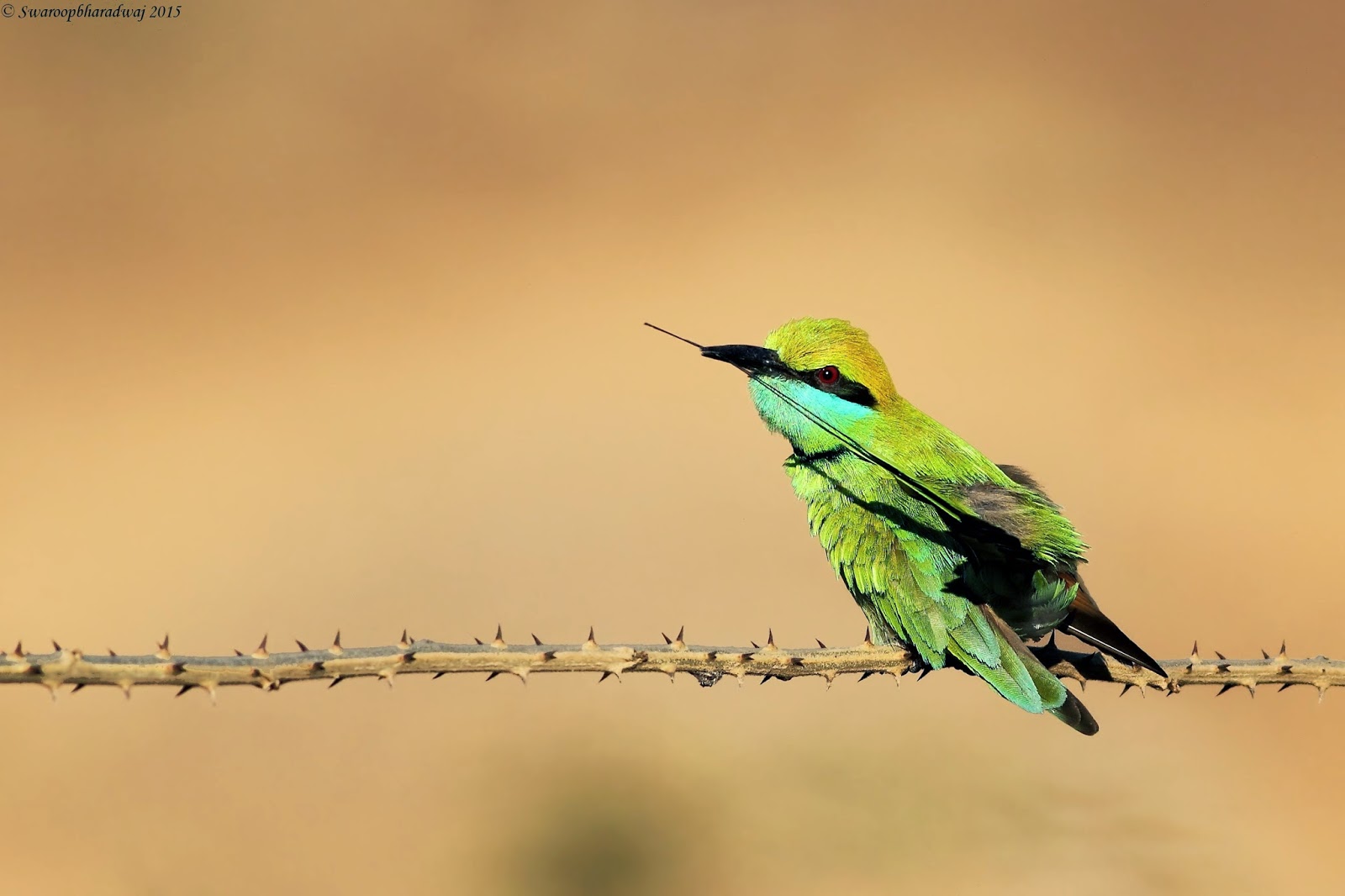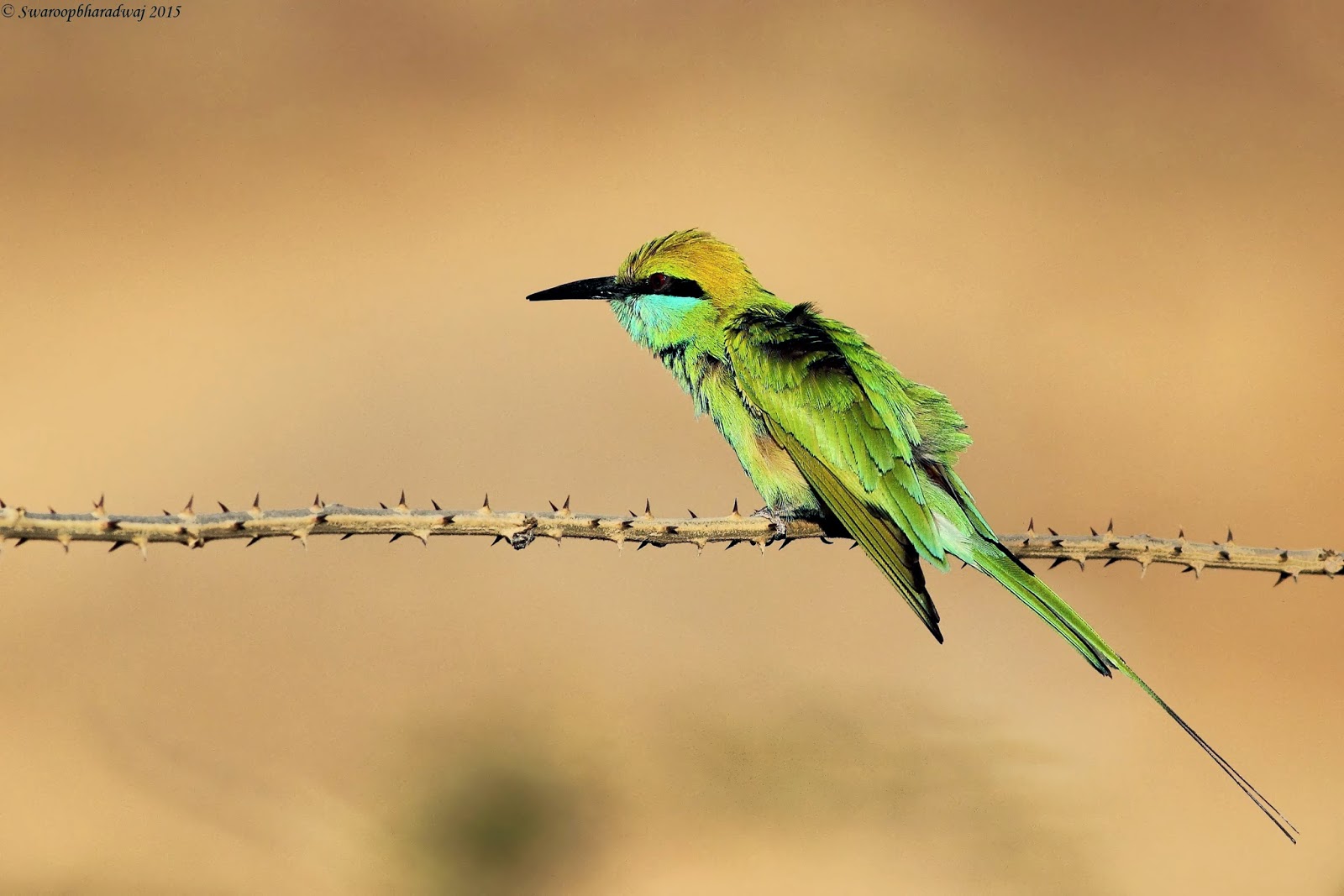The thing which tickle every couch potatoes out here - The weight loss! Below is some experience written though I am not an expert....!
When it comes to question of losing weight its tough to have mind set and control on habits. I have few simple (but not easy unless you have a good mind set and control) points that worked out astonishingly well in my case, I lost whopping 12 Kilos purely by just changing my eating habits and religiously following them. The mantra is "balanced diet and some simple mathematical calculations".
Let us understand basic metabolism of our body. First point is Glucose, that is the ultimate fuel for our daily activities start from thinking, organ functions and our regular physical work. Finally what we eat will be converted into glucose and burnt in the cells to produce energy,liver plays key role in these conversion process.
So, what it is concerned with weight gain or loss? Here the mathematics comes to our help! An average man needs about 2200-2800 K Cal of energy per day(depending on the persons weight, frame, degree of physical activity etc these figure varies). If you are eating more than required, it will be converted into fat and gets deposited in the cells, vice versa if you are eating less than required, the deposited fat will gradually converts into glucose and burnt. In all keep check - literally count on what you eat - any nutrition website can approximate calorie per unit you eat.
Typically I needed appx. 2500 K Cal per day for my sedentary life style, I started eating about 1500 K cal per day (remember its balance diet, one should be extremely cautious if diet regime is followed) so balance 1000 K cal appx. was pulled out form the reserves (unwanted) that body had. Fat started shrinking and I lost weight. Other way round what if I eat 3500 K Cal ? it will get stored as fat and gain weight.
What, How and when to eat?
- Eat at regular intervals of small meals (calculated), may be once in 2 hours, don't let your stomach go empty for long time.
- Cut down excess carbs in your diet, this include direct sugar, starchy foods like potato (or most of the roots), polished rice, maida, foods with preservatives, bakery items, fatty food,oily foods.
- But your body needs carbohydrates, eat them in controlled way
- Stick on to whole grains like wheat flour made out of whole wheat, brown rice etc., they are far better than ready made high density carbohydrates.
- In your diet regime, if you start avoiding high calorie food, you are most likely to miss other essential vitamins, minerals etc., this may lead to deficiency. please excise caution if you are in diet. To counter this loss and keep your tummy full (to beat hunger) eat more and more fruits, green vegetables (preferable uncooked), eat lentils - a rich source of protein, eat germinated seeds - these have low carbohydrate contents and its complex process to convert them to glucose.
- Avoid excess ice creams, chocolate and junk foods (don't loose all fun, have them once in a while, this doesn't have much impact on the body if consumed once in a while)
- As much as possible stick to home made food, if at all if it is required to eat, have idly, rave idly, roti dal fry they are the best options.
- Have limited excise (good brisk walk for half an hour would be sufficient), People may be wondering in spite of regular excise for half - one hour is not helping reduce weight, how come?
Believe me excise can help for better metabolism, but the main culprit here is what and how much you eat. If you want to relay only on excise, go spend in gym for 4-6 hrs, (is it practically possible?) diet control is a must!
What I did?
Morning @ 7:45 AM, 2 chapatis (home made mid sized with less oil) or equivalent to them in terms of calorie and carbohydrate contents + a bowl full of boiled lentils - this would fill up your stomach to comfortable limit.
At 10-10:30 AM, a large cup of milk - no sugar if possible (to counter any deficiencies) plus some fruits or chopped uncooked vegetables (or can have diet marie biscuits limited number of pieces)
1:00 PM, 2 Chapatis (or equivalent to them in terms of calorie and carbohydrate contents - this can be upma, boiled wheat vermicelli with vegetables, or cup of boiled rice etc., ) plus lentils or sabji or kosambari etc., eat till you feel comfortable.
3:30 - 4:00 PM again a cup of milk - no sugar if possible with some snacks, again pieces of fruits or green veggies or some corn oil free snacks etc.,
7:30- 8:00 PM dinner, same 2-3 chapatis or equivalent, some sabji. Sleep early, not as early as you finish dinner.
An healthy weight reduction is approximately 1-2 Kgs per month, if you are loosing beyond that, please adjust your eating habits. Its not possible to reduce or gain weight in days, it take months, please be patient.
Disclaimer: This is my experience and without any pre-existing medical conditions, may differ from individual to individual. Please be cautious or extremely cautious while dieting, don't starve your self ! instead fill up your plate with mixed foods like carbohydrates, proteins, green vegetables, some oil (is also required by your body), fruits etc.,
Sustaining this regime is very challenging and results are definitely measurable! As a standard rule, there is always some deviation to the rule itself, the diet regime I followed too had deviations in it at some occasions,
Thanks and best regards,
Swaroop Bharadwaj.
http://swaroopbharadwaj.blogspot.in/
When it comes to question of losing weight its tough to have mind set and control on habits. I have few simple (but not easy unless you have a good mind set and control) points that worked out astonishingly well in my case, I lost whopping 12 Kilos purely by just changing my eating habits and religiously following them. The mantra is "balanced diet and some simple mathematical calculations".
Let us understand basic metabolism of our body. First point is Glucose, that is the ultimate fuel for our daily activities start from thinking, organ functions and our regular physical work. Finally what we eat will be converted into glucose and burnt in the cells to produce energy,liver plays key role in these conversion process.
So, what it is concerned with weight gain or loss? Here the mathematics comes to our help! An average man needs about 2200-2800 K Cal of energy per day(depending on the persons weight, frame, degree of physical activity etc these figure varies). If you are eating more than required, it will be converted into fat and gets deposited in the cells, vice versa if you are eating less than required, the deposited fat will gradually converts into glucose and burnt. In all keep check - literally count on what you eat - any nutrition website can approximate calorie per unit you eat.
Typically I needed appx. 2500 K Cal per day for my sedentary life style, I started eating about 1500 K cal per day (remember its balance diet, one should be extremely cautious if diet regime is followed) so balance 1000 K cal appx. was pulled out form the reserves (unwanted) that body had. Fat started shrinking and I lost weight. Other way round what if I eat 3500 K Cal ? it will get stored as fat and gain weight.
What, How and when to eat?
- Eat at regular intervals of small meals (calculated), may be once in 2 hours, don't let your stomach go empty for long time.
- Cut down excess carbs in your diet, this include direct sugar, starchy foods like potato (or most of the roots), polished rice, maida, foods with preservatives, bakery items, fatty food,oily foods.
- But your body needs carbohydrates, eat them in controlled way
- Stick on to whole grains like wheat flour made out of whole wheat, brown rice etc., they are far better than ready made high density carbohydrates.
- In your diet regime, if you start avoiding high calorie food, you are most likely to miss other essential vitamins, minerals etc., this may lead to deficiency. please excise caution if you are in diet. To counter this loss and keep your tummy full (to beat hunger) eat more and more fruits, green vegetables (preferable uncooked), eat lentils - a rich source of protein, eat germinated seeds - these have low carbohydrate contents and its complex process to convert them to glucose.
- Avoid excess ice creams, chocolate and junk foods (don't loose all fun, have them once in a while, this doesn't have much impact on the body if consumed once in a while)
- As much as possible stick to home made food, if at all if it is required to eat, have idly, rave idly, roti dal fry they are the best options.
- Have limited excise (good brisk walk for half an hour would be sufficient), People may be wondering in spite of regular excise for half - one hour is not helping reduce weight, how come?
Believe me excise can help for better metabolism, but the main culprit here is what and how much you eat. If you want to relay only on excise, go spend in gym for 4-6 hrs, (is it practically possible?) diet control is a must!
What I did?
Morning @ 7:45 AM, 2 chapatis (home made mid sized with less oil) or equivalent to them in terms of calorie and carbohydrate contents + a bowl full of boiled lentils - this would fill up your stomach to comfortable limit.
At 10-10:30 AM, a large cup of milk - no sugar if possible (to counter any deficiencies) plus some fruits or chopped uncooked vegetables (or can have diet marie biscuits limited number of pieces)
1:00 PM, 2 Chapatis (or equivalent to them in terms of calorie and carbohydrate contents - this can be upma, boiled wheat vermicelli with vegetables, or cup of boiled rice etc., ) plus lentils or sabji or kosambari etc., eat till you feel comfortable.
3:30 - 4:00 PM again a cup of milk - no sugar if possible with some snacks, again pieces of fruits or green veggies or some corn oil free snacks etc.,
7:30- 8:00 PM dinner, same 2-3 chapatis or equivalent, some sabji. Sleep early, not as early as you finish dinner.
An healthy weight reduction is approximately 1-2 Kgs per month, if you are loosing beyond that, please adjust your eating habits. Its not possible to reduce or gain weight in days, it take months, please be patient.
Disclaimer: This is my experience and without any pre-existing medical conditions, may differ from individual to individual. Please be cautious or extremely cautious while dieting, don't starve your self ! instead fill up your plate with mixed foods like carbohydrates, proteins, green vegetables, some oil (is also required by your body), fruits etc.,
Sustaining this regime is very challenging and results are definitely measurable! As a standard rule, there is always some deviation to the rule itself, the diet regime I followed too had deviations in it at some occasions,
Thanks and best regards,
Swaroop Bharadwaj.
http://swaroopbharadwaj.blogspot.in/


















